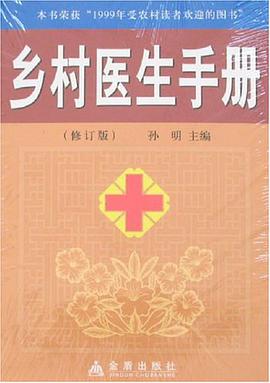

具体描述
Analysis of consumption and saving decisions by households has always been one of the most active areas of research in economics--and with good reason. Private consumption is the most important component of aggregate demand in a capitalist economy, and explaining consumption is the key element in most macroeconomic forecasting models. To evaluate the effect of government policies invariably requires the knowledge of how they change parameters relevant for household decision making.Understanding Saving collects eleven papers by economist Fumio Hayashi, along with two previously unpublished chapters, for a total of thirteen chapters. The monograph, which brings together Hayashi's empirical research on saving, is divided into three sections. Part I, "Liquidity Constraints", contains five studies that test the well-known implication of the Life Cycle-Permanent Income hypothesis that households shield consumption from income fluctuations. Part II, "Risk-Sharing and Altruism", contains three papers that examine the interactions between related and unrelated households predicted by the hypothesis for the US and Japanese households. The three papers in Part III, "Japanese Saving Behavior", present the author's explanation of the high saving rate in postwar Japan.
作者简介
目录信息
读后感
评分
评分
评分
评分
用户评价
相关图书
本站所有内容均为互联网搜索引擎提供的公开搜索信息,本站不存储任何数据与内容,任何内容与数据均与本站无关,如有需要请联系相关搜索引擎包括但不限于百度,google,bing,sogou 等
© 2026 book.wenda123.org All Rights Reserved. 图书目录大全 版权所有




















